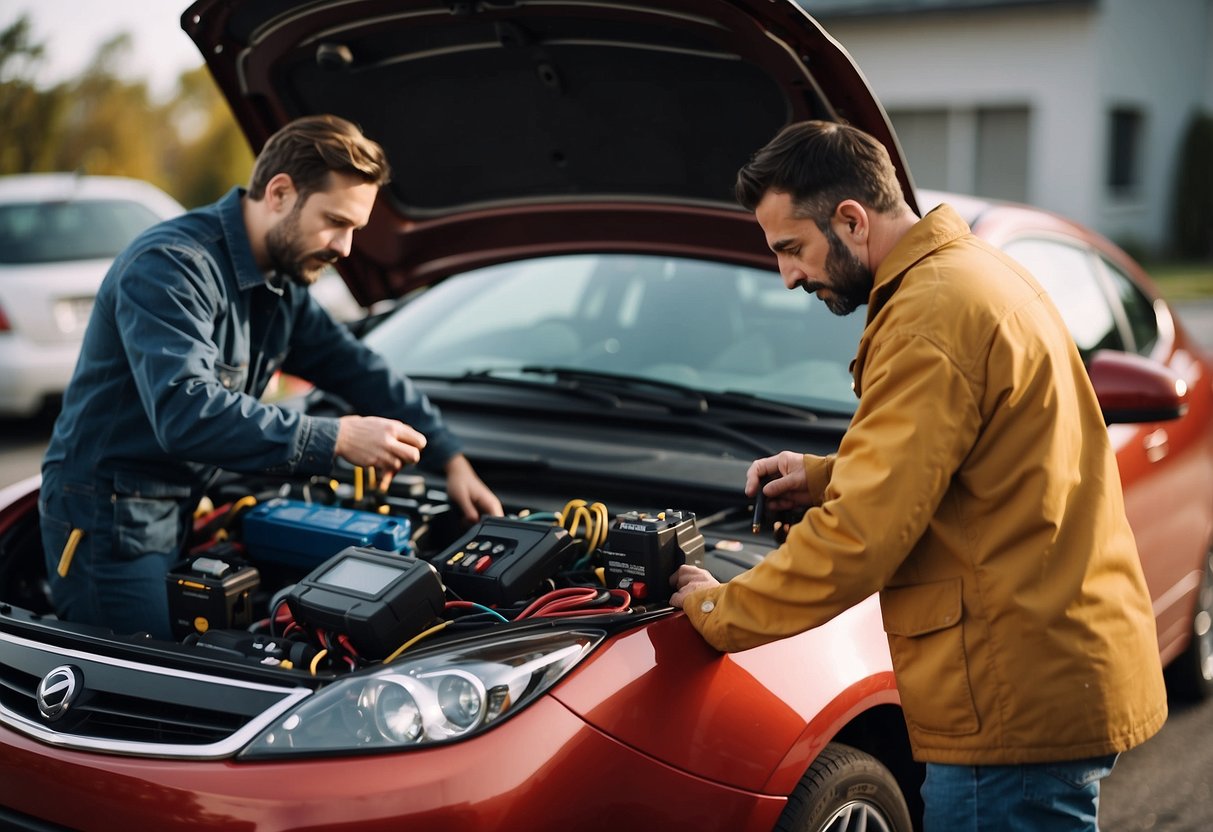The Ultimate Guide to DIY Car Maintenance: Expert Tips for Saving Hundreds on Repairs
Battery and Electrical System Care

Maintaining the battery and electrical system of a car is crucial to avoid unexpected breakdowns and ensure optimal performance. Here, key aspects like changing batteries and headlights, and troubleshooting electrical issues are discussed.
Changing Batteries and Headlights
Regularly checking and changing the car battery is essential to avoid starting problems or electrical malfunctions. When a battery shows signs of corrosion on the terminals or struggles to hold a charge, it is time for a replacement. Always ensure to disconnect the negative terminal first to prevent short circuits. After removing the old battery, carefully place the new one, reconnecting the terminals in reverse order.
Headlights, another critical component, need replacement when they start dimming or flickering. Select the appropriate bulb type for the vehicle model, which can be found in the user manual or online guides. Remember to handle new bulbs with gloves to avoid oil residue, which can cause hotspots and reduce bulb lifespan.
Troubleshooting Electrical Issues
Electrical issues in cars often arise from blown fuses, faulty sensors, or damaged wiring. Begin troubleshooting by checking the fuse box, usually located under the dashboard or in the engine compartment. A blown fuse can indicate an overloaded circuit or a short in the wiring. Replace any faulty fuses with the specified amperage rating.
For persistent problems, refer to the car’s wiring diagram to locate and identify potential issues. Faulty sensors can disrupt the car’s performance. Use a multimeter to check sensor functionality. If wiring appears damaged, it is vital to repair or replace the affected sections to prevent further issues.
Engine and Transmission Health
Proper maintenance of the engine and transmission is crucial for vehicle longevity and performance. Key areas to focus on include spark plug maintenance and ensuring the transmission fluid and filters are regularly changed.
Spark Plug Maintenance
Spark plugs are vital components, sparking the fuel-air mixture for combustion. Worn spark plugs reduce efficiency and can cause engine misfires. It’s recommended to check spark plugs every 30,000 miles. Inspect for corrosion, cracks, or buildup, as these can indicate wear.
To replace spark plugs, disable the engine and remove the old ones using a socket wrench. The gap between the electrodes should match the manufacturer’s specifications. Carefully install new spark plugs, avoiding overtightening. Regularly changing spark plugs ensures optimal engine performance, fuel efficiency, and lower emissions.
Transmission Fluid and Filter Changes
Transmission fluid lubricates and cools transmission components, preventing wear and ensuring smooth shifting. Over time, this fluid degrades, compromising performance. Most manufacturers suggest changing the fluid every 30,000 to 60,000 miles.
Transmission fluid type and quantity matter. Consult the owner’s manual for specifics. During the fluid change, it’s also wise to replace the transmission filter, preventing debris from circulating in the system. Draining old fluid, replacing the filter, and adding new fluid can be done by DIYers with basic tools, but a professional inspection might be necessary if any issues arise.
Proper care of the transmission fluid prolongs the life of the transmission, reduces repair costs, and keeps the vehicle running smoothly. Regularly monitoring fluid levels and conditions helps detect potential problems early.



